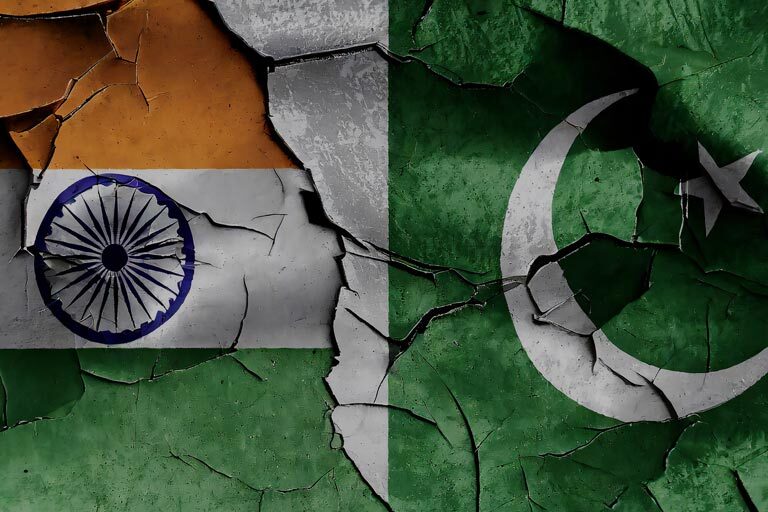A renewed military confrontation has erupted between India and Pakistan, highlighting persistent hostilities between the two nuclear-armed neighbors against a backdrop of shifting international alliances and geopolitical dynamics.
Late Tuesday night, India carried out missile strikes on nine locations identified as terrorist camps within Pakistani territory. These actions were described by Indian officials as precise, restrained, and designed to avoid escalation. The strikes were said to be a response to a deadly attack last month in Pahalgam, Kashmir, which resulted in the deaths of 26 civilians. While India linked the incident to groups operating from Pakistani soil, Islamabad denied any involvement in the violence.
Following the missile operation, cross-border artillery exchanges were reported. Pakistan’s leadership publicly condemned the strikes, vowing a forceful response. By Wednesday morning, Pakistani authorities claimed to have downed Indian aircraft. However, no official statement had been issued by the Indian government on that claim at the time of reporting.
Despite these developments, both countries have signaled an intent to avoid further escalation. The international community, including strategic partners, has echoed the call for restraint. During a press engagement, the US President expressed a desire for the conflict to be resolved swiftly, reflecting global apprehensions about the potential for broader destabilization.
The repercussions were immediately felt domestically. Financial markets in India showed signs of stress, and airports in northern regions were temporarily shut down as a precaution.
Although historical precedence shows that both countries have previously stepped back from the brink of war, including during confrontations in 2001, 2016, and 2019, the current episode is shaped by several distinct factors.
The attack in Pahalgam, which specifically targeted civilians from the Hindu community, came at a time when Jammu and Kashmir was beginning to recover economically. It also coincided with the first visit of US Vice President JD Vance to India, aimed at reinforcing bilateral ties.
In a significant diplomatic shift, India responded by suspending a Himalayan river-water sharing agreement, prompting allegations from Pakistan of restricted river flow.
Within Pakistan, the military, under General Asim Munir, has adopted a more aggressive posture, possibly to rally domestic support during a period of economic uncertainty and declining Western engagement following the US withdrawal from Afghanistan.
China’s involvement also adds a new dimension. With over $55 billion invested in its economic corridor through Pakistan, Beijing has called for restraint while reaffirming its strong alliance with Islamabad. The call for calm was paired with expressions of understanding for Pakistan’s security concerns.
Meanwhile, India is pursuing a critical trade agreement with the US to maintain export advantages and position itself as a key player in restructured global supply chains, particularly amid US-China economic tensions.
This latest flare-up, while rooted in familiar grievances, must now be interpreted through a broader lens. The evolving world order, marked by a new cold war between global superpowers and their increasing stakes in South Asia, makes the India-Pakistan dynamic more consequential than ever before.













